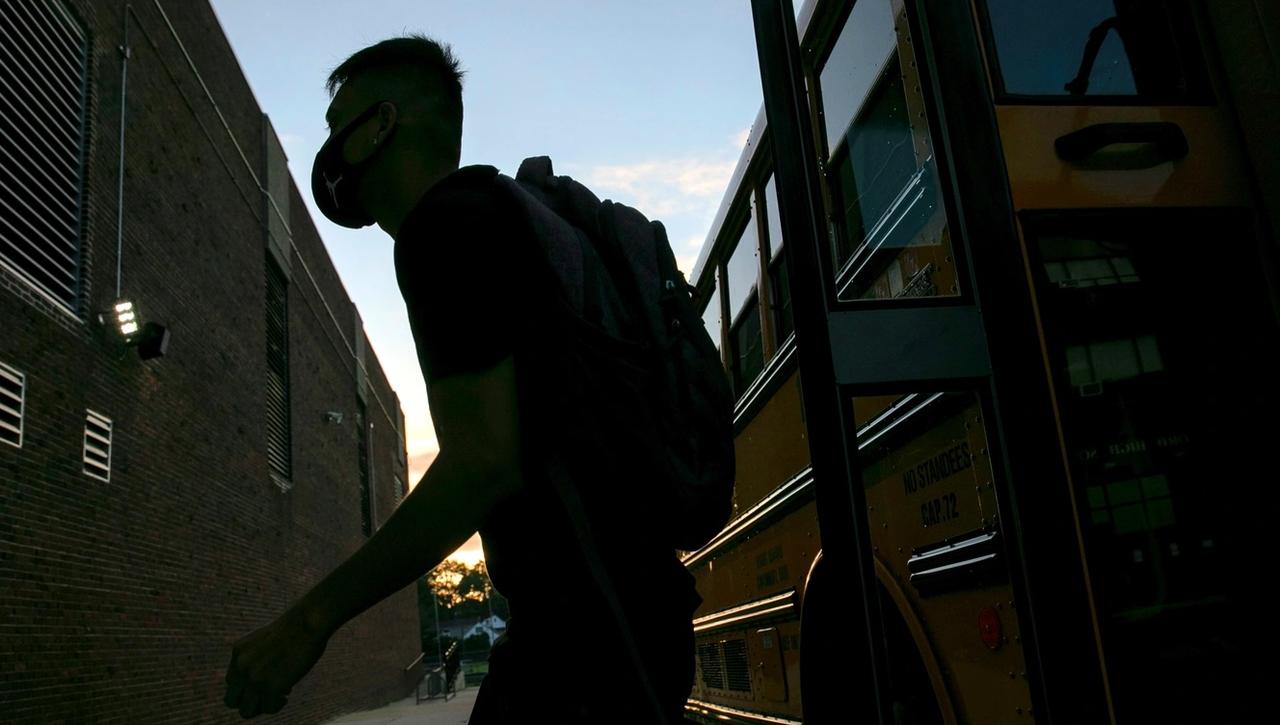After months of waging war, mainstream media outlets recently started to seriously address the reality of herd immunity, or at least the type of “focused” approach described in documents like the Great Barrington declaration, as a credible alternative to the lockdown-first strategy embraced by Dr. Fauci and the public health establishment around the world, to varying degrees of success.
So far, we’ve seen WSJ (these are just a couple of examples), the FT and now the Atlantic, with its “Schools Aren’t Super Spreaders” article about why schools – at least for minor students – haven’t emerged as the COVID-19 breeding grounds that many feared.
The article was written by Emily Oster, an economist at Brown University. In it, she makes some surprising points. Before readers can write her off as an “economist” and not a “subject matter expert”, Oster explains that she has been working with national teacher and principal associations to collect data on school reopenings as part of a sprawling research project, which was also recently profiled in the NYT.
While Brown acknowledges that she has seen a deluge of stories and datas about small (but decidedly not deadly) outbreaks on colleges campuses, she notes that there has been vanishingly little evidence of outbreaks in K-12 schools, whether private or public.
Data on almost 200,000 kids in 47 states from the last two weeks of September shows an infection rate of 0.13% among students and 0.24% among staff. That translates to 1.3 infections over two weeks in a school of 1,000 kids, or 2.2 infections over two weeks in a group of 1,000 staff. Even in the most high-risk areas where schools were open, the risk to students was always well under half a percent, Oster explains.
What’s more, researchers in Texas and other states have arrived at similar conclusions.
Since early last month, I’ve been working with a group of data scientists at the technology company Qualtrics, as well as with school-principal and superintendent associations, to collect data on COVID-19 in schools. (See more on that project here.) Our data on almost 200,000 kids in 47 states from the last two weeks of September revealed an infection rate of 0.13 percent among students and 0.24 percent among staff. That’s about 1.3 infections over two weeks in a school of 1,000 kids, or 2.2 infections over two weeks in a group of 1,000 staff. Even in high-risk areas of the country, the student rates were well under half a percent. (You can see all the data here.)
School-based data from other sources show similarly low rates. Texas reported 1,490 cases among students for the week ending on September 27, with 1,080,317 students estimated at school—a rate of about 0.14 percent. The staff rate was lower, about 0.10 percent.
Of course, as Oster readily acknowledges, while these infection numbers are low, and deaths (among the children, at least) have been rare, they’re not zero.
But for everybody who insists on 100% safety, Oster warns, it comes at a serious cost to the long-term well-being of children. And this burden is felt most intensely by low-income families and students, as parents simply don’t have the time and resources to supervise their child’s education from home.
While infection numbers across the US have picked back up since Labor Day, Oster claims there’s no evidence connecting this to schools reopening. Indeed, even with schools still virtual in the nation’s largest districts, cases have still rebounded.
The risk to children, at this point, has been well documented.
One might argue, again, that any risk is too great, and that schools must be completely safe before local governments move to reopen them. But this approach ignores the enormous costs to children from closed schools. The spring interruption of schooling already resulted in learning losses; Alec MacGillis’s haunting piece in The New Yorker and ProPublica highlights the plight of one child unable to attend school in one location, but it’s a marker for more. The children affected by school closures are disproportionately low-income students of color. Schools are already unequal; the unequal closures make them more so. Virtual school is available, but attendance levels are not up to par. Pediatricians have linked remote schooling to toxic stress.
Parents are struggling as well, not just children. Cities have recognized the need for child care for parents who cannot afford to quit their jobs to supervise their kids, but this has led to a haphazard network of options. Houston, for example, has opened some schools as learning centers. L.A. has learning centers set up for low-income students in alternative locations. These spur the questions: If school isn’t safe for everyone, why is it safe for low-income students? And if school is safe for low-income students, why isn’t it safe for everyone?
From all the data she’s collected and distilled, Oster concludes simply this: “We do not want to be cavalier or put people at risk. But by not opening, we are putting people at risk, too.”
It’s just another example of how research is challenging credentialed experts’ initial assumptions about COVID-19. With publications like the Atlantic already starting to take this line of thinking seriously, why is Silicon Valley still trying to suppress dissenting thinkers on similar issues like the Great Barrington Declaration?
